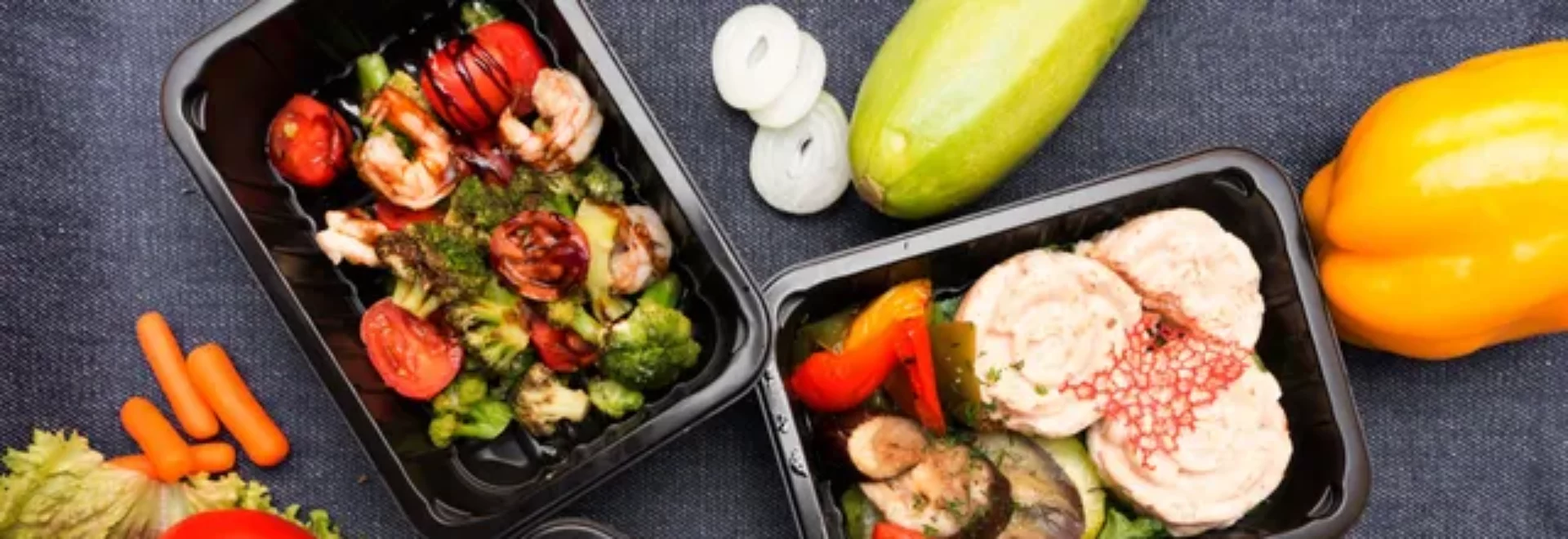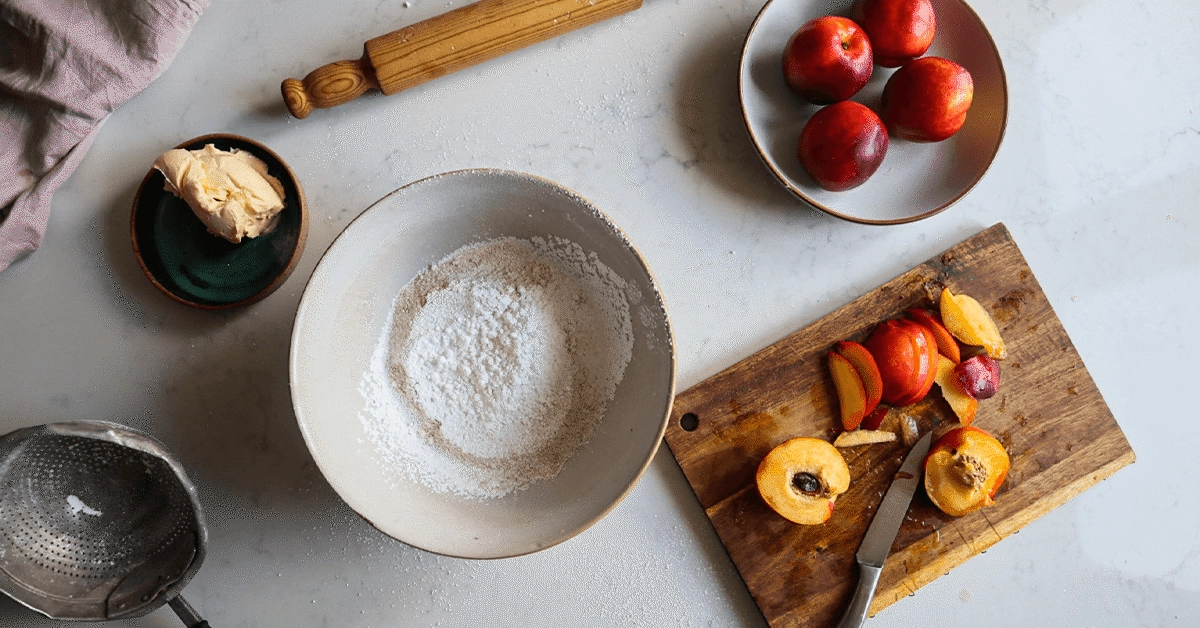Common Mistakes of Making Hummus
Hummus is a versatile and delicious Middle Eastern dip that has gained tremendous popularity worldwide. Its creamy texture, nutty flavor, and healthy ingredients make it a favorite among food enthusiasts. However, when making hummus at home, there are some common mistakes that people often make, which can affect its taste, texture, and overall quality. In this article, we will discuss these mistakes and provide you with useful tips to avoid them, ensuring you can make the best hummus every time.

What is hummus?
Hummus is a traditional Levantine dip made primarily from chickpeas, tahini (sesame seed paste), lemon juice, garlic, and olive oil. It is known for its smooth and creamy consistency and is often served as a dip with pita bread or as a spread in sandwiches.
Popularity of hummus
In recent years, hummus has gained immense popularity globally. It has become a staple in many households due to its nutritional value, versatility, and delicious taste. However, even though the recipe seems simple, there are several mistakes that can compromise the quality of homemade hummus.
Mistake 1: Using canned chickpeas
One common mistake is using canned chickpeas instead of cooking them from scratch. While canned chickpeas offer convenience, they often lack the ideal texture and flavor required for perfect hummus. To avoid this, it is recommended to soak dried chickpeas overnight and cook them until tender before preparing the hummus.
Mistake 2: Insufficient tahini
Tahini plays a crucial role in achieving the authentic taste and creaminess of hummus. Some people tend to use less tahini than necessary, resulting in a bland and less creamy dip. It is important to add an adequate amount of tahini to ensure the right balance of flavors and texture in your hummus.
Mistake 3: Inadequate seasoning
Seasoning is key to enhancing the flavor profile of hummus. Many people make the mistake of not adding enough salt, garlic, or other seasonings, leading to a dull and underwhelming taste. To avoid this, make sure to season your hummus well, balancing the flavors according to your preference.
Mistake 4: Over-blending the ingredients
Achieving the perfect texture is crucial when making hummus. Over-blending the ingredients can result in a runny and less appealing dip. It is recommended to blend the ingredients just until they are combined, allowing some texture and small chickpea chunks to remain for a more enjoyable eating experience.
Mistake 5: Skipping garlic
Garlic is a key ingredient in hummus, providing a distinctive and aromatic flavor. However, some individuals choose to omit garlic due to personal preferences or dietary restrictions. While this is a valid choice, it is worth noting that garlic adds depth and complexity to the taste of hummus, making it more flavorful.
Mistake 6: Ignoring lemon juice
Lemon juice adds a tangy and refreshing element to hummus, enhancing its overall taste. Some people overlook the importance of lemon juice, resulting in a hummus that lacks brightness and depth. Including fresh lemon juice in your recipe will bring a delightful acidity to your hummus.
Mistake 7: Forgetting olive oil
Olive oil not only adds richness to hummus but also helps achieve a smooth and velvety texture. It is essential to drizzle a generous amount of high-quality olive oil over the hummus before serving. This not only enhances the flavor but also gives it an appealing glossy appearance.
Mistake 8: Overcomplicating the recipe
While it can be tempting to experiment with various ingredients and flavors, overcomplicating the recipe can lead to a hummus that loses its authenticity. The beauty of hummus lies in its simplicity, so it is best to stick to the traditional ingredients and techniques to ensure an authentic and delicious result.
Mistake 9: Not adjusting consistency
The consistency of hummus can vary from thick and creamy to light and fluffy, depending on personal preference. Failing to adjust the consistency according to your liking can result in a hummus that doesn’t meet your expectations. Add water or more chickpeas gradually to achieve the desired thickness and creaminess.
Mistake 10: Storing hummus improperly
Improper storage can affect the taste and freshness of hummus. Some people leave it at room temperature for too long or fail to seal it properly, leading to spoilage or a loss of flavor. It is best to store hummus in an airtight container in the refrigerator and consume it within a few days for optimal quality.

making delicious hummus at home requires attention to detail and avoiding common mistakes. By following the tips provided in this article, you can elevate your hummus-making skills and create a dip that is bursting with flavor, has the perfect texture, and keeps everyone coming back for more. Enjoy the process of making hummus and embrace the versatility it offers in your culinary adventures.
FAQs
Q: How long does homemade hummus last?
A: Homemade hummus can typically be stored in the refrigerator for up to five days. However, it is important to check for any signs of spoilage before consuming.
Q: Can I substitute ingredients in hummus?
A: Yes, you can experiment with ingredients in hummus according to your preferences. However, be mindful that substitutions may alter the taste and texture of the final product.
Q: Is it possible to make hummus without tahini?
A: While tahini is a key ingredient in traditional hummus, it is possible to make hummus without tahini. You can substitute it with alternatives like nut butter or Greek yogurt, although the taste and texture may differ.
Q: Can I freeze hummus?
A: Yes, hummus can be frozen for future use. Ensure you store it in a freezer-safe container and thaw it in the refrigerator before consuming.
Q: How can I fix over-seasoned hummus?
A: If your hummus is over-seasoned, you can balance it out by adding more neutral ingredients like additional chickpeas or tahini. Adjusting the seasoning gradually while tasting will help you achieve a well-balanced flavor.



